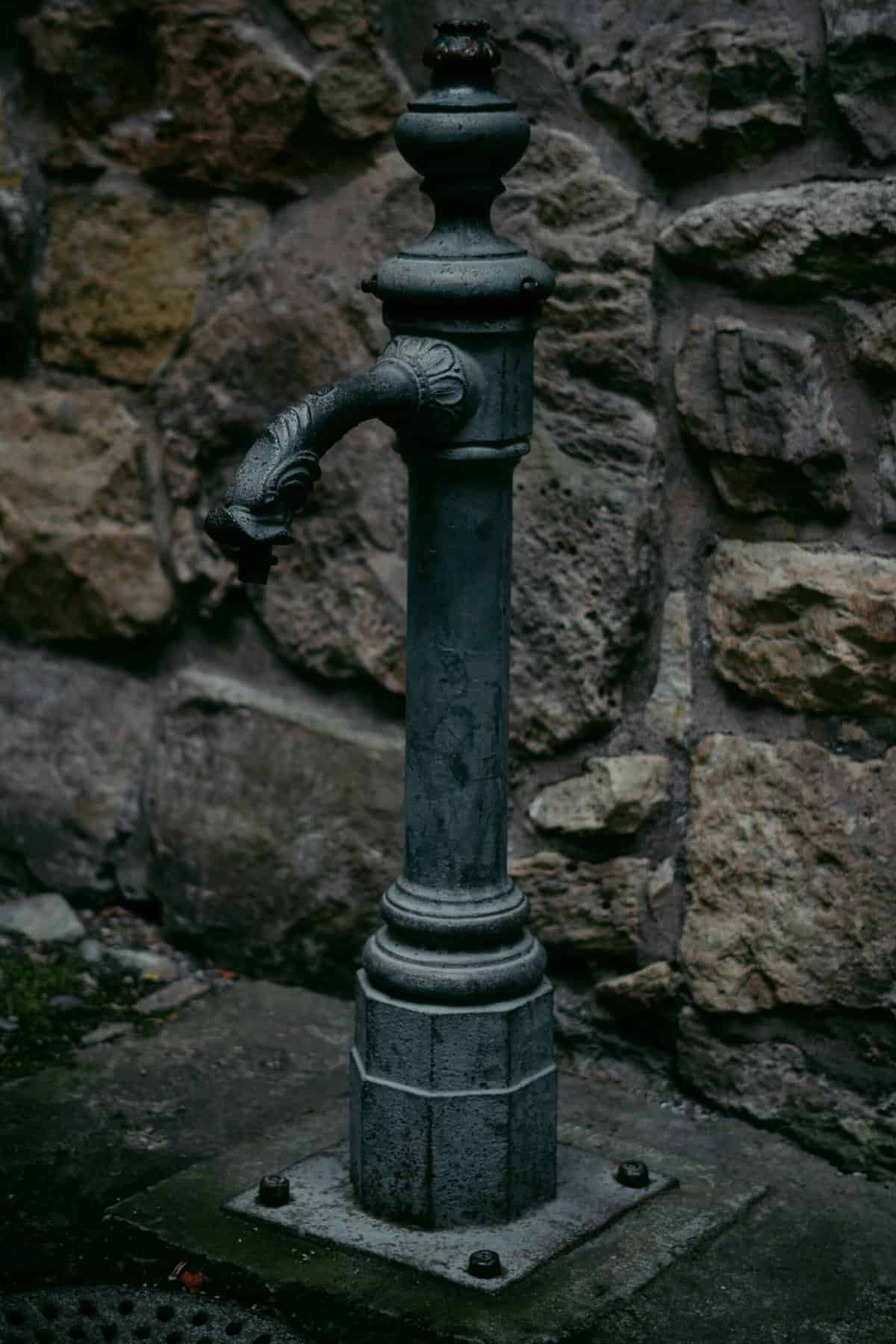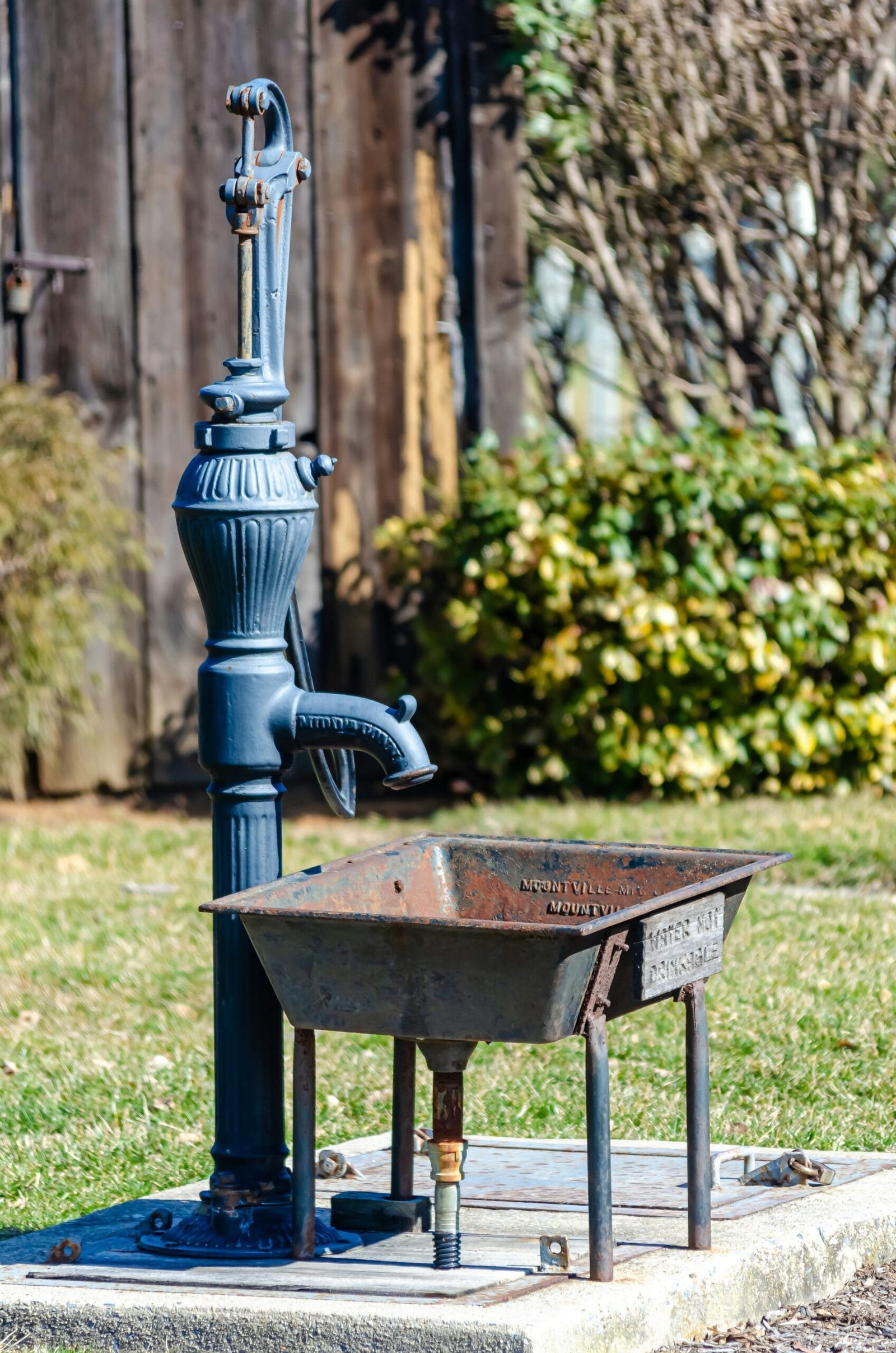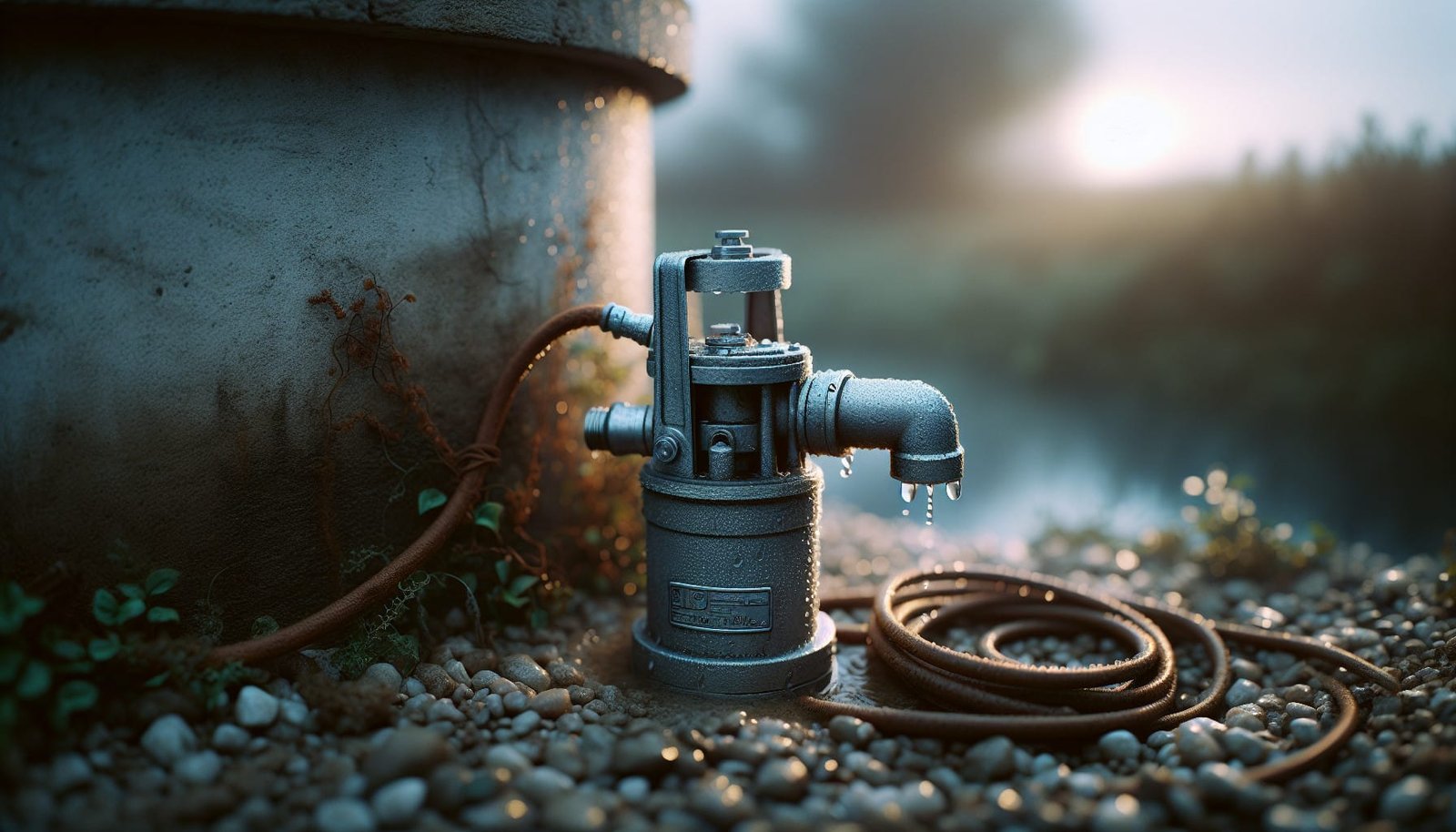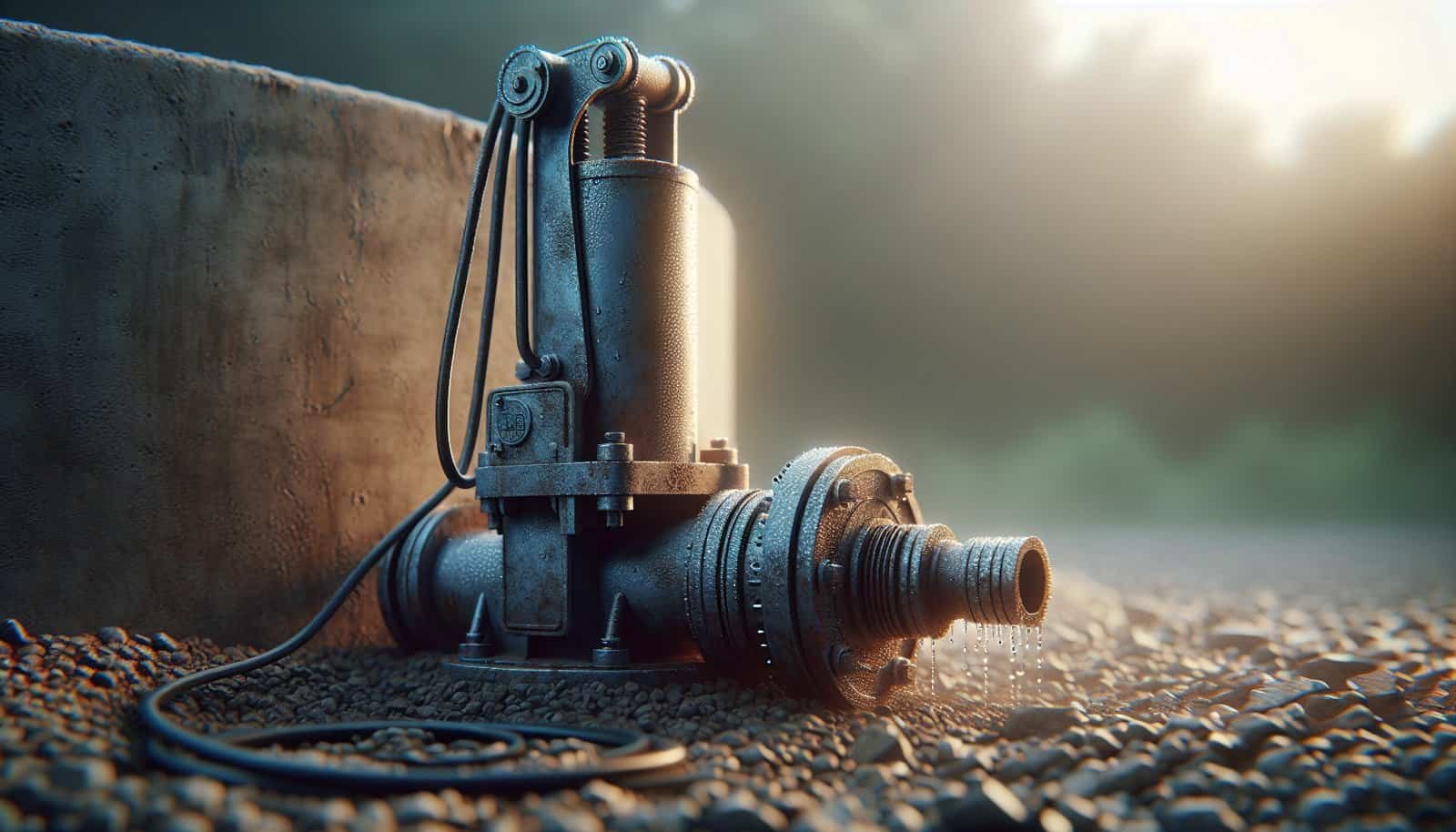?Is your well pump suddenly stopped working or giving you weak water flow when you need it most?
What Should I Do If My Well Pump Fails?
When your well pump fails, you’ll likely feel stress and uncertainty about how to restore water quickly and safely. This guide walks you through practical steps, safety tips, troubleshooting, repair options, costs, and preventive maintenance so you can make informed decisions and get your water back with as little disruption as possible.
First thing to do: stay calm and assess
Take a deep breath and don’t start tearing things apart right away. A calm assessment reduces the chance of making an unsafe situation worse or causing more damage that increases repair costs. You’ll want to gather basic information about what’s happening before you act.
Immediate safety steps
Safety is the first priority whenever electricity and water are involved.
Turn off power to the pump
Locate your electrical panel or the pump’s dedicated disconnect and switch off the circuit breaker or disconnect. If you aren’t sure which breaker controls the pump, turn off the main breaker to the house until you identify it. Doing this reduces risk of shock or short circuits while you check other systems.
Avoid working near water and electricity
If you see exposed wiring, sparks, or water around electrical components, keep a safe distance and call a professional. Don’t stand in water when handling electrical devices and don’t touch live wires. If in doubt, get an electrician or licensed well tech involved.

Quick checks you can do right away
These are basic, low-risk checks that can identify simple fixes and save you money and time.
Check neighbors and recent power outages
Determine if the problem is localized to your well or part of a larger outage. If neighbors are also without water or power, you might just need to wait for utility restoration. If it’s only your property, proceed with the next checks.
Look at breakers and fuses
Open your electrical panel and see if the well pump breaker has tripped or if a fuse is blown. Reset a tripped breaker once; if it trips again immediately, leave it off and call a pro. Replacing a blown fuse or resetting a breaker that stays engaged can indicate a deeper electrical fault.
Inspect pressure gauge and pressure switch
Check the pressure gauge on your system tank and the pressure switch (usually located on or near the pressure tank). Note the gauge reading and whether the pressure switch lever shows obvious wear or burn marks. Small issues like a stuck pressure switch are common causes of pump failure and can be inexpensive to fix.
Listen for the pump
If you safely restore power for a moment, listen near the pump or well house. A humming noise without water flow suggests the pump motor is running but perhaps the pump is air-locked or the check valve has failed. No sound at all may indicate electrical problems.
Basic troubleshooting steps (in order)
Follow this order so you don’t miss a simple fix before moving to more complex, costly ones.
- Confirm power is available to the pump disconnect/breaker.
- Verify the pressure gauge reading and whether the pump is cycling (on/off).
- Inspect pressure switch for corrosion, burnt contacts, or stuck lever.
- Check pressure tank air charge (for diaphragm/bladder tanks) with the tank isolated.
- Examine visible plumbing for leaks between tank and well.
- If you have a jet pump, check for loss of prime — it may need re-priming.
- If safe and you’re comfortable, test voltage at the pump motor wire (use a qualified electrician if not).
Don’t skip safety: when testing electrical components, use a non-contact voltage tester and proper PPE, or call an electrician.

Common causes of pump failure and how to identify them
Understanding typical failure modes helps you narrow down the fix and decide whether to DIY or call a pro.
Tripped breaker or blown fuse
Symptom: Pump doesn’t run and panel shows a tripped breaker or blown fuse. Fix: Reset breaker or replace fuse. If it trips again immediately, call a technician.
Faulty pressure switch
Symptom: Pump won’t start or stops running too often; visible pitting on switch contacts. Fix: Switch can be replaced relatively inexpensively if the wiring is OK.
Loss of prime (jet pumps)
Symptom: Pump runs but produces no water; gurgling noises. Fix: Re-prime according to manufacturer instructions and check for suction leaks.
Air-locked or waterlogged pressure tank
Symptom: Rapid cycling of pump or irregular water pressure. Fix: Check and adjust tank air charge; bladder replacement or tank replacement may be needed.
Bad check valve or foot valve
Symptom: Pump runs but water drains back into well when off, causing loss of prime. Fix: Replace valve or piping.
Wiring problems or control box failure
Symptom: No power to pump or erratic operation; burning smell or tripped breakers. Fix: Troubleshoot wiring with a professional electrician; replace control box as needed.
Worn pump motor or impeller (submersible or jet)
Symptom: Reduced flow even though motor runs; abnormal noises. Fix: Rebuild or replace the pump assembly—this is typically a pro job.
Sediment, sand, or clogged intake
Symptom: Reduced flow, intermittent operation, rapid wear of pump components. Fix: Install or replace a sediment filter, consider sand separator, or replace pump rated for sandy conditions.
Broken suction line or damaged well components
Symptom: Sudden loss of water; visible leaks or pressure drop. Fix: Professional inspection and repair; may require pulling the pump or repairing well casing.
Table: Common problems, likely cause, and DIY vs pro
| Problem you see | Likely cause | Can you DIY? |
|---|---|---|
| No power, breaker tripped | Electrical overload or short | You can reset; call pro if it trips again |
| Pump hums but no water | Loss of prime, check valve, or blocked intake | Re-prime if safe; pro for downhole issues |
| Rapid short cycling | Waterlogged pressure tank or pressure switch | You can test/adjust tank air; pro for tank replacement |
| Reduced flow | Worn impeller, sand, clogged filter | Clean filters; pro for pump replacement |
| Pump runs intermittently | Pressure switch, wiring, or control box | Check switch; call pro for wiring/control |
| Burning smell or sparks | Electrical failure | Do not touch—call electrician |

Temporary water solutions while pump is down
You’ll need a plan for water until the pump is fixed. Think first of health and sanitation.
Short-term options
- Use bottled water for drinking and cooking.
- Boil or use water purification tablets for drinking only if bottled water isn’t available.
- Collect water from neighbors or family if they’re willing and can supply safe water.
- Use water hauled by tank truck to a secure container (contact local suppliers).
For non-potable needs
- Use stored rainwater or melted snow for flushing toilets if properly stored.
- Conserve water by only using it for essential tasks.
Always treat unknown water sources as potentially unsafe for drinking until tested or treated.
When to call a professional
Some problems are best left to licensed well contractors or electricians.
Call an electrician if:
- You suspect wiring faults, burned wires, or repeated breaker trips.
- You don’t have the tools or comfort level to test motor voltage safely.
Call a licensed well pump technician if:
- You need a submersible pump pulled from the well.
- The pump motor is burned out, impellers worn, or you have significant mechanical failure.
- There is well contamination, a damaged well casing, or you suspect the well itself is compromised.

What to expect from a repair estimate
Understanding common line items in an estimate helps you evaluate contractors and avoid surprises.
Typical estimate components
- Diagnosis fee: technician travel and time to inspect system.
- Parts: pressure switch, control box, pump, tank, check valves.
- Labor: hourly or flat-rate charges for removal, installation, and testing.
- Materials: piping, clamps, connectors, electrical parts.
- Disposal: removal and proper disposal of the old pump.
- Permits or inspections (if local codes require).
Get at least two estimates, ask about warranties, and confirm whether the quote includes parts and labor.
Estimated costs and timelines
Prices vary by region, well depth, pump type, and difficulty of access. Use these ranges as general guidance.
Table: Typical repairs cost and time
| Repair or replacement | Typical cost range (USD) | Typical timeframe |
|---|---|---|
| Pressure switch replacement | $75 – $250 | Same day |
| Pressure tank bladder replacement | $150 – $600 | Same day to 1 day |
| Pressure tank replacement | $300 – $1,200 | Same day to 2 days |
| Submersible pump replacement | $800 – $3,500+ | 1 – 3 days, may take longer |
| Jet pump replacement | $300 – $1,500 | Same day to 2 days |
| Control box or relay replacement | $150 – $600 | Same day |
Remember that remote locations, deep wells, or contaminated wells can increase costs and time.

Choosing repair vs full replacement
Decide based on age, repair history, cost, and anticipated life expectancy.
When to repair
- Component failure like a pressure switch or check valve.
- Recent installation where only a part failed under warranty.
- Repair cost is significantly less than replacement and system is otherwise in good shape.
When to replace
- Multiple failures or frequent repairs.
- Pump is older than its expected lifespan (10–15 years for many submersible pumps).
- Efficiency gains, modern features (variable speed) or changing water needs justify replacement.
Selecting the right replacement pump
If you need a new pump, match pump specs to your well and household demand.
Key specs to consider
- Flow rate (GPM): How many gallons per minute you need during peak use.
- Total dynamic head (feet): Vertical lift plus friction losses.
- Motor horsepower: Sized for head and flow.
- Well depth and drawdown: Choose a pump rated for your well’s conditions.
- Materials: Corrosion-resistant materials for water quality concerns.
- Efficiency: Variable frequency drives (VFDs) can save energy and extend pump life.
Consult a well professional to perform a pump sizing calculation and recommend models for your conditions.
Preventive maintenance to avoid future failures
A routine maintenance plan will lengthen pump life and reduce emergency repairs.
Recommended schedule
- Every 3–6 months: Check for visible leaks, pressure gauge reading, and unusual noises.
- Annually: Test pressure tank air charge, have a pro inspect pressure switch and wiring.
- Every 2–5 years: Water testing for bacteria and contaminants, depending on local risks.
- As needed: Replace worn parts like pressure switches and check valves before they cause a bigger failure.
Document maintenance dates and actions so you have a record for warranties and resale.
Tools and parts to keep on hand
Having basic parts and tools can help you fix small issues faster.
Suggested items
- Non-contact voltage tester and multimeter (safety first).
- Replacement fuses or spare breaker (match amperage).
- Replacement pressure switch and pressure gauge.
- Water-safe Teflon tape and pipe sealant.
- Hose, tank, or containers for temporary water storage.
- Owner’s manual and pump model information.
If you’re unsure about electrical testing, don’t proceed—call a professional.
Questions to ask a well contractor
Being prepared with questions helps you choose a reputable pro.
- Are you licensed, insured, and bonded for well work in my area?
- What kind of warranty do you offer on parts and labor?
- Can you provide references or online reviews?
- Will you provide a written estimate and scope of work?
- Are permits required, and will you obtain them?
- What is the expected timeline and any potential delays?
Get answers in writing before work begins.
Environmental and water quality considerations
If your pump failed due to contamination or well casing issues, address water safety first.
Water testing and disinfection
Have your water tested for bacteria and other contaminants after repairs. If contamination is found, you may need shock chlorination (well disinfection) and follow-up testing to confirm it’s safe to drink.
Proper disposal
Dispose of old pumps and electrical components according to local hazardous waste rules. Fluids and oils from motor components should be handled responsibly.
Warranty, permits, and local codes
Check warranty status for recent equipment and know local regulations.
Warranty checks
Look for manufacturer and installer warranties that could reduce or cover repair costs. Keep receipts and model numbers for verification.
Permits and code compliance
Some regions require permits for well work or pump replacement. Licensed contractors usually handle permits; make sure you confirm before work begins.
Frequently asked questions
How long will a well pump last?
Typical life expectancy is 8–15 years for many submersible pumps, depending on water quality, usage, and maintenance.
Can I pull a submersible pump myself?
Technically possible with the right tools and experience, but it involves working with heavy equipment, electricity, and confined spaces. For most homeowners, hiring a licensed well contractor is safer and recommended.
Why does a new pump sometimes fail quickly?
Common reasons include incorrect pump sizing, existing well issues (sand, low recovery), poor electrical supply, or improper installation. Ask your contractor to verify well conditions and proper installation.
Final checklist for handling a failed well pump
Use this checklist to stay organized during a pump outage.
- Turn off power to the pump.
- Confirm if outage is limited to your property.
- Check breakers and reset one time if tripped.
- Inspect pressure gauge and pressure switch visually.
- Listen for pump operation when safe.
- Try safe, basic fixes (reset breaker, replace pressure switch).
- Arrange temporary water supply.
- Call a licensed electrician for electrical issues.
- Call a licensed well contractor for mechanical or downhole problems.
- Get written estimates and warranties before work begins.
- Test water quality after repairs and disinfection if needed.
Closing guidance
When your well pump fails, acting methodically and safely will help you get back to normal faster. You’ll prevent damage and unnecessary costs by doing a few simple checks, documenting symptoms, and knowing when to call professionals. Regular maintenance remains the best defense against unexpected outages—set up a schedule, keep records, and consider upgrading equipment when it becomes cost-effective.
If you want, you can tell me what symptoms you’re seeing (for example: no sound, humming, intermittent cycling, weak flow) and what type of pump you have, and I’ll help you narrow down likely causes and next steps tailored to your situation.
